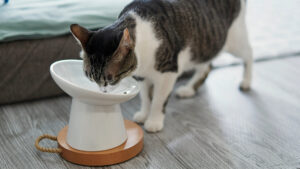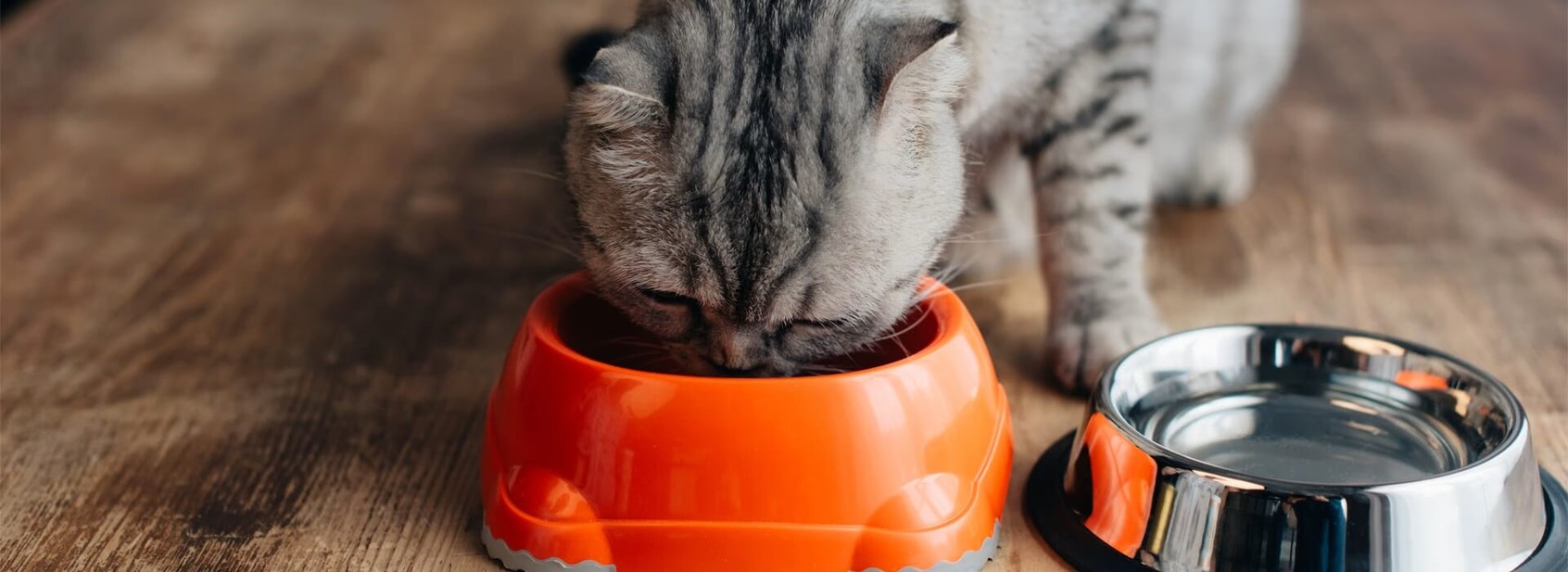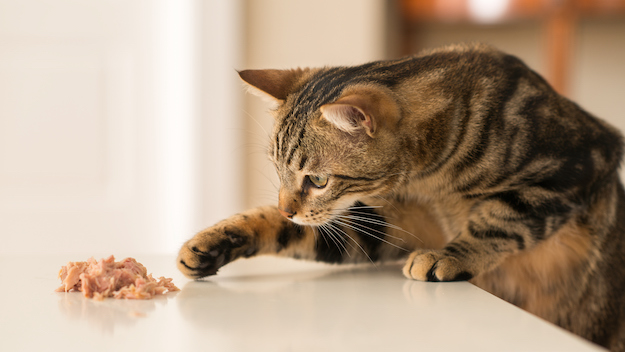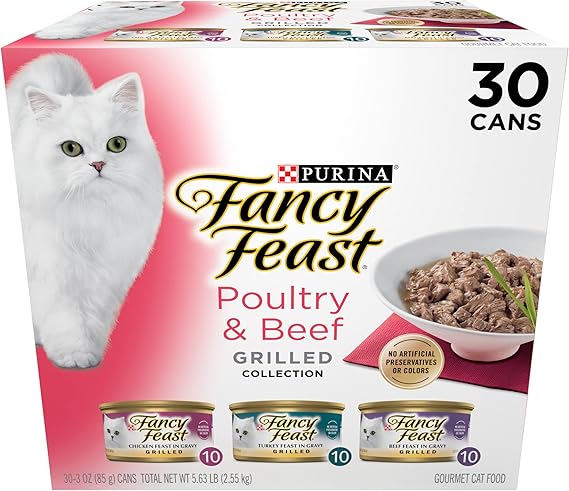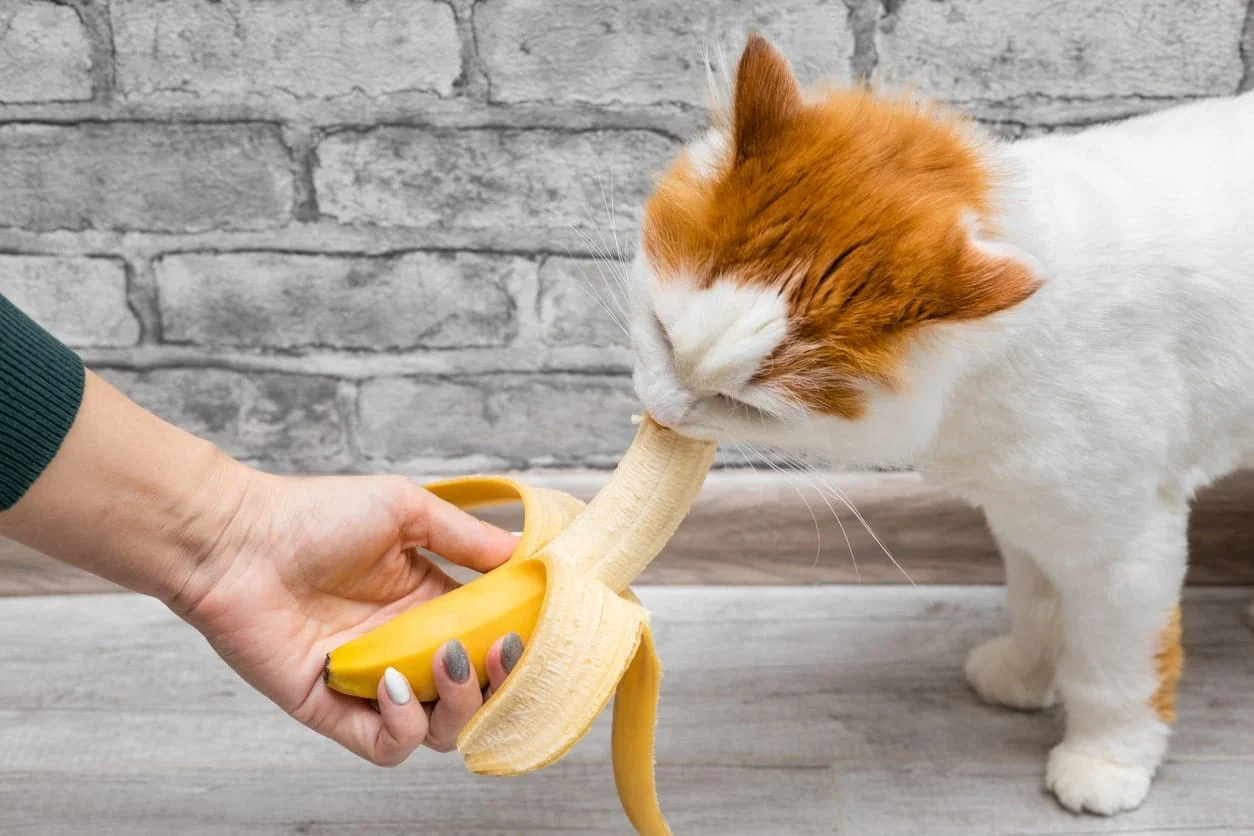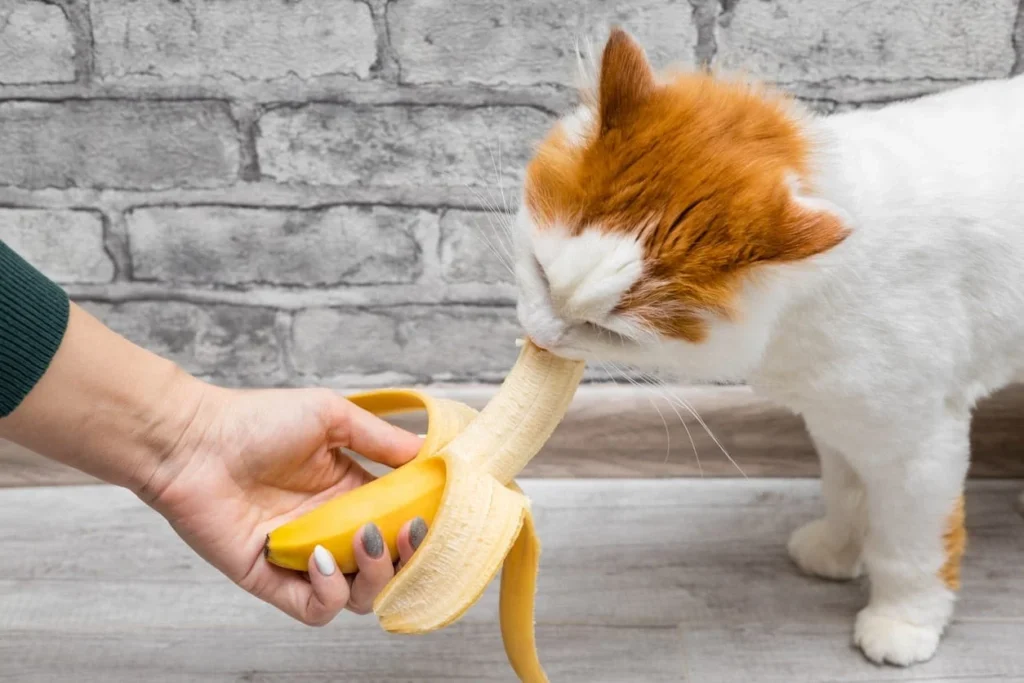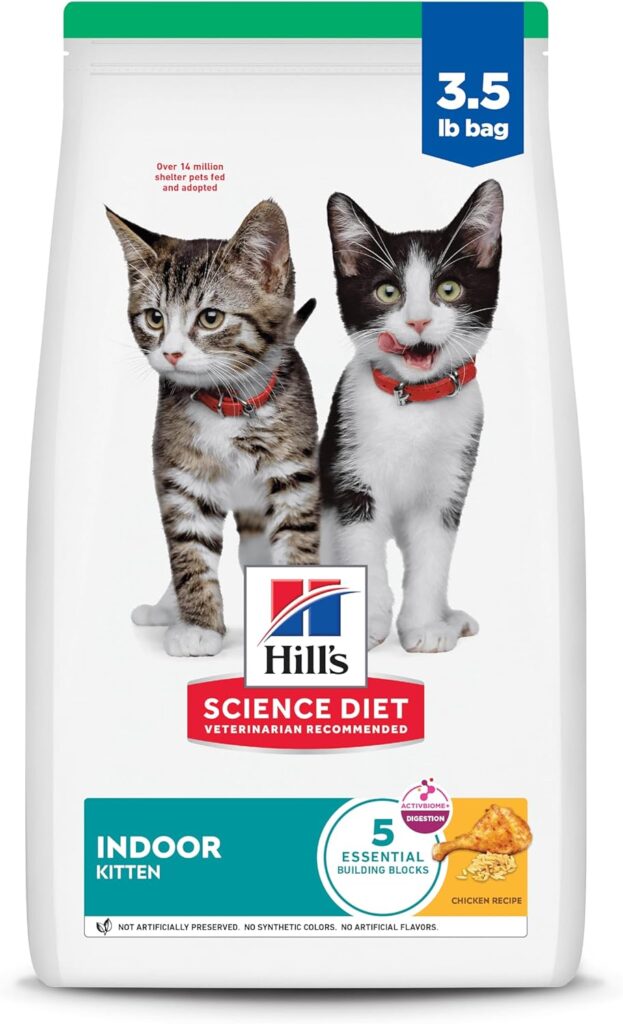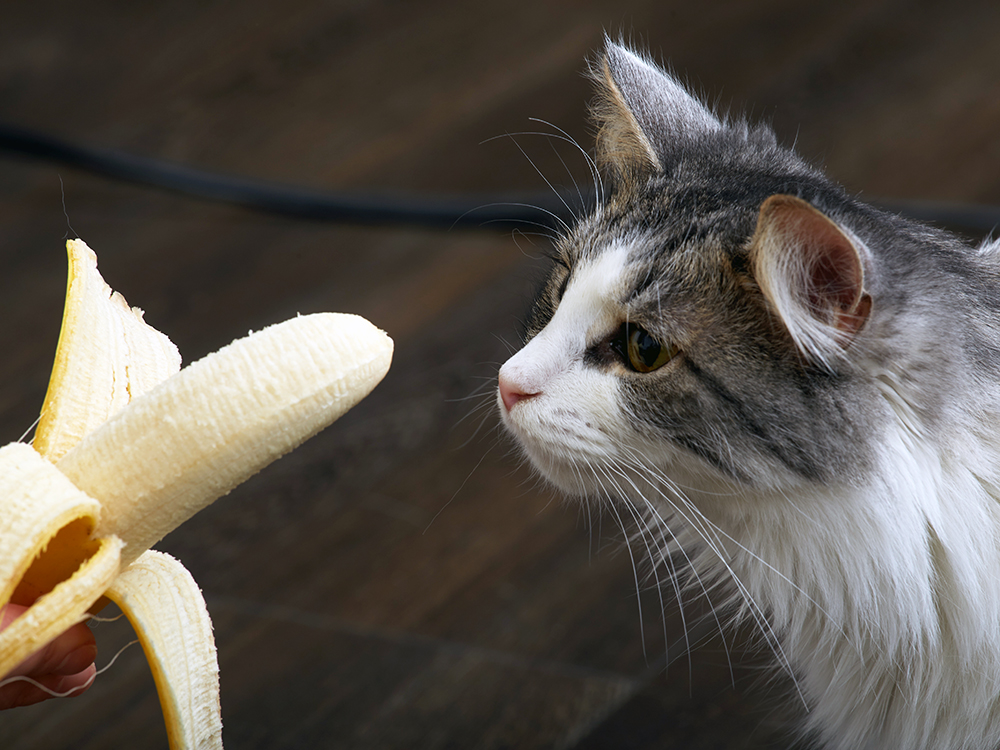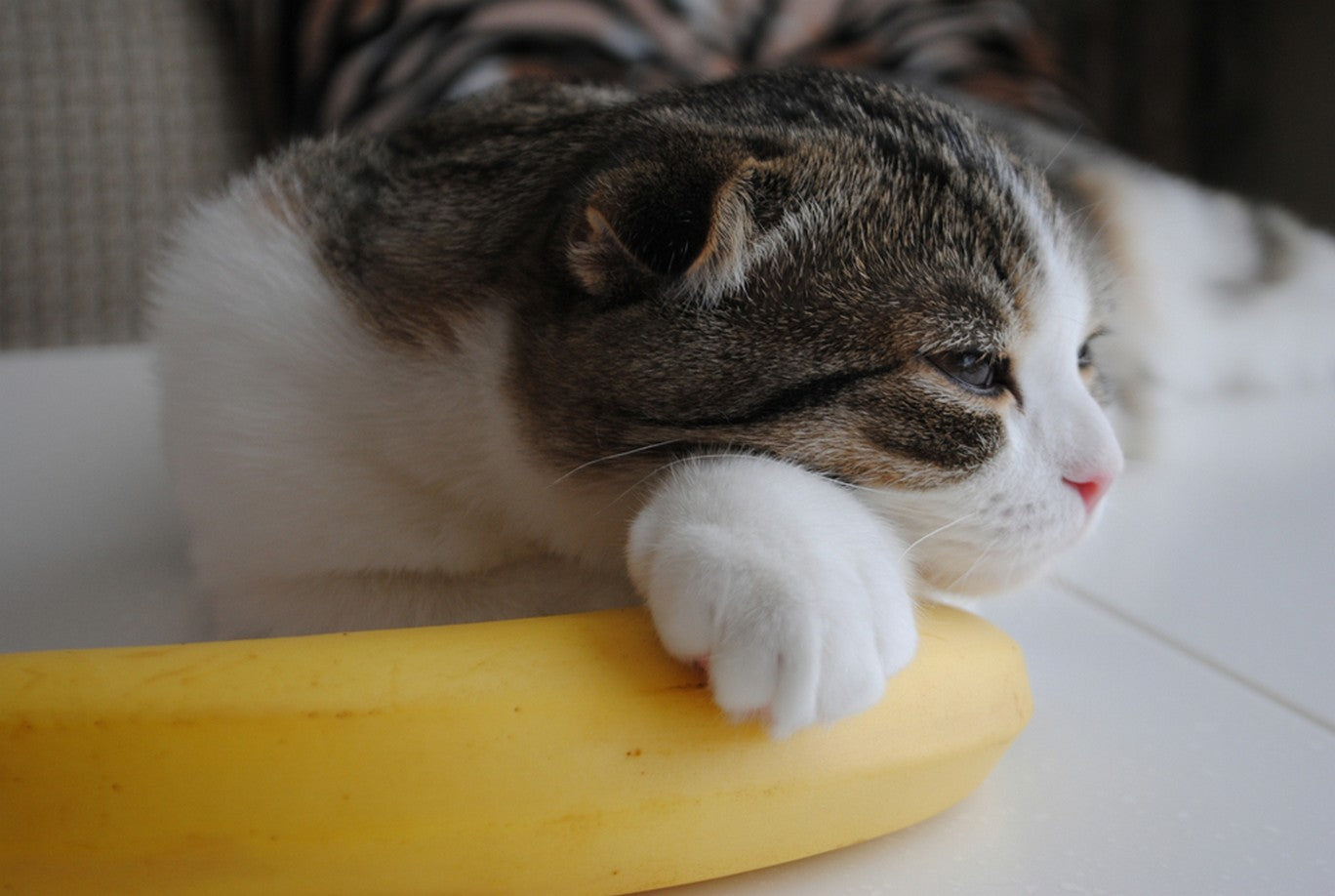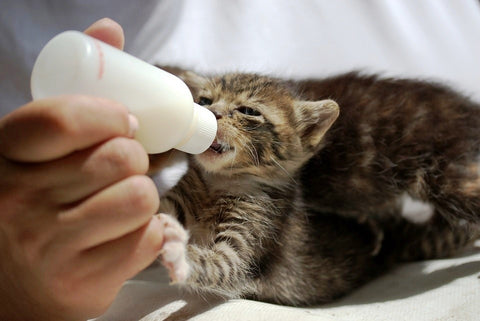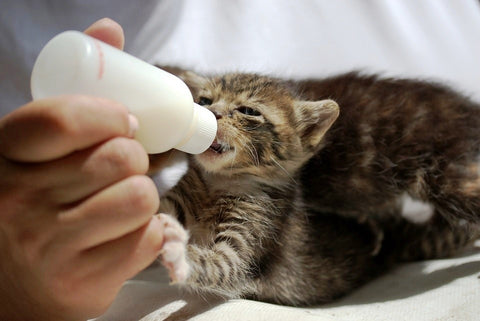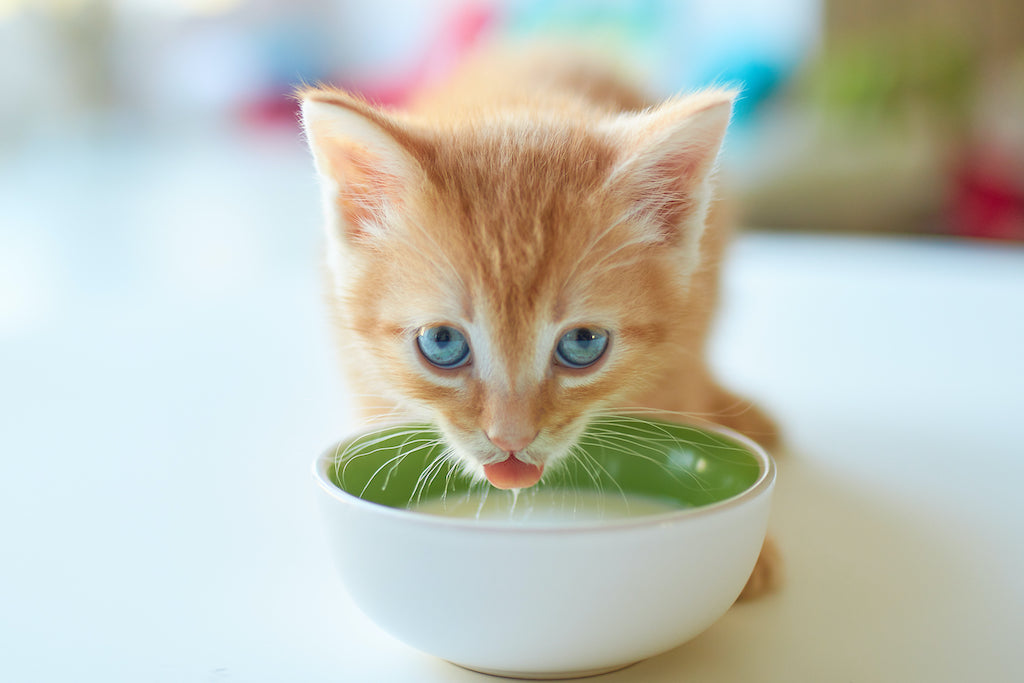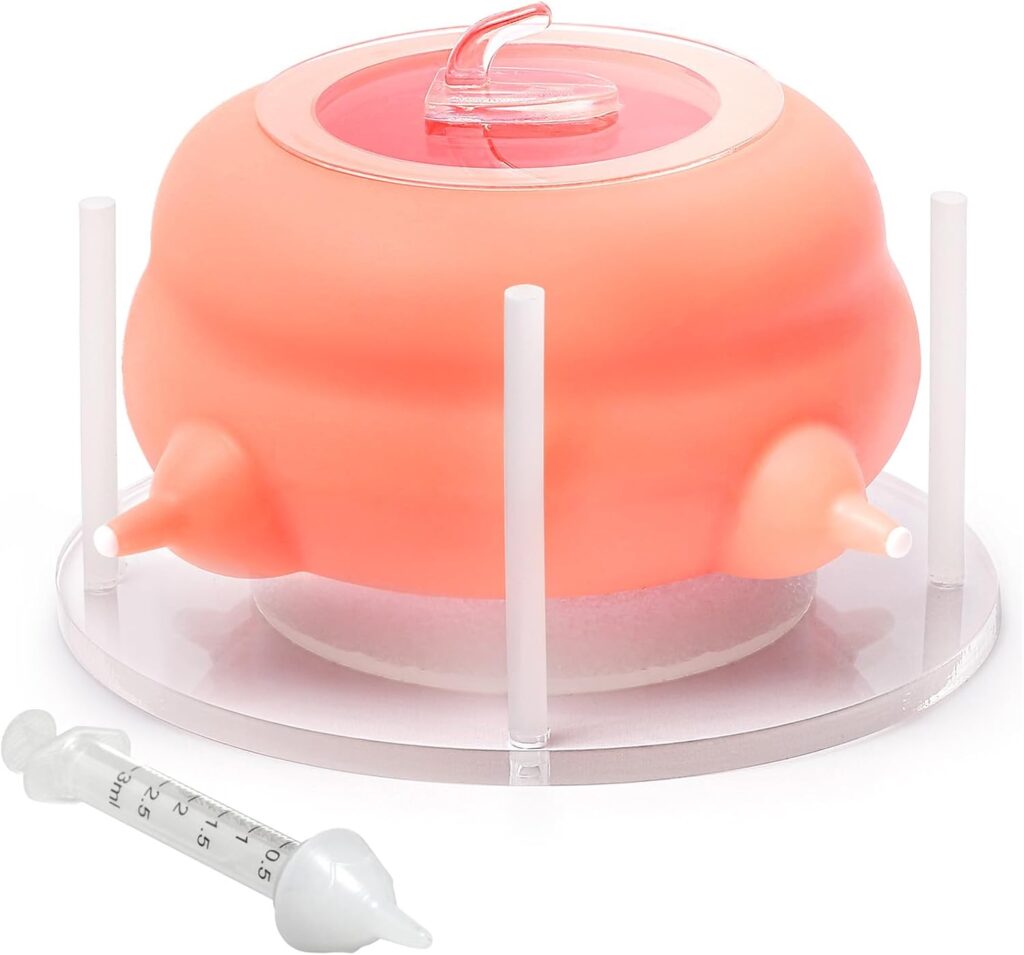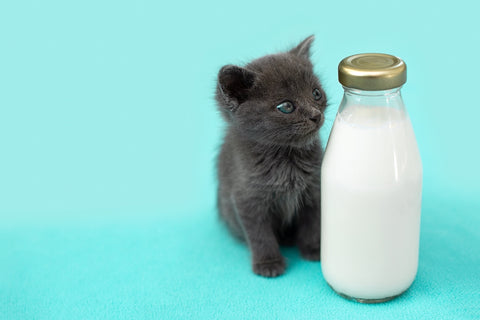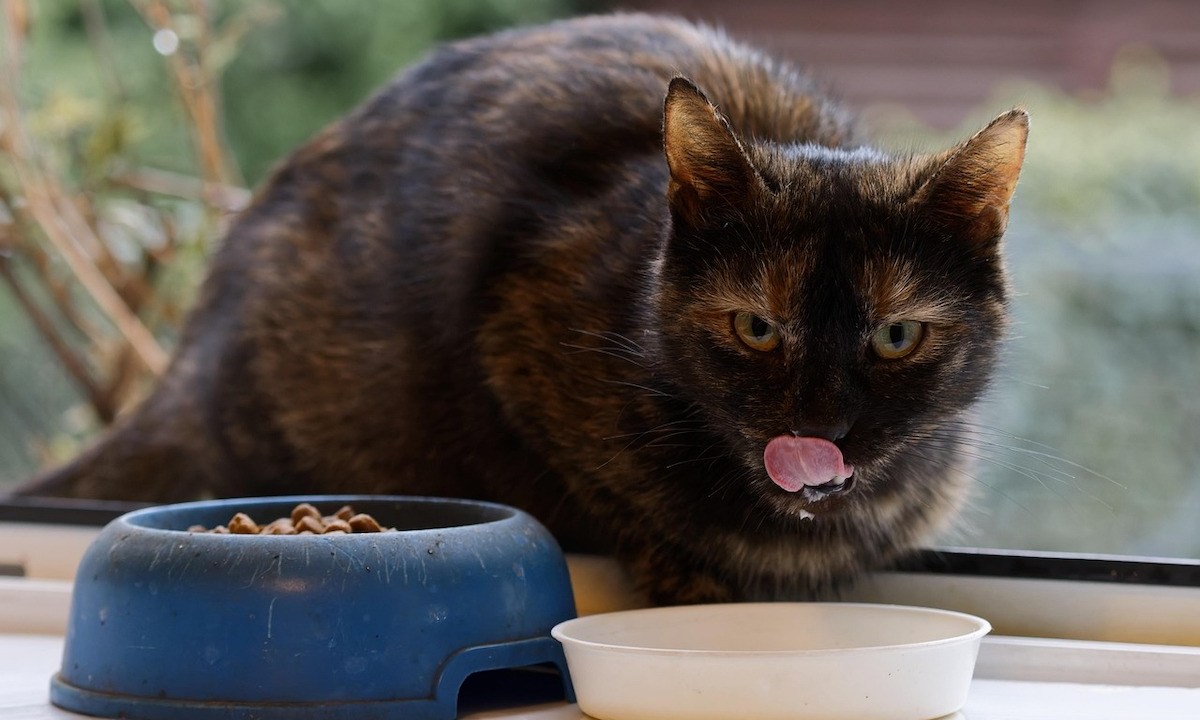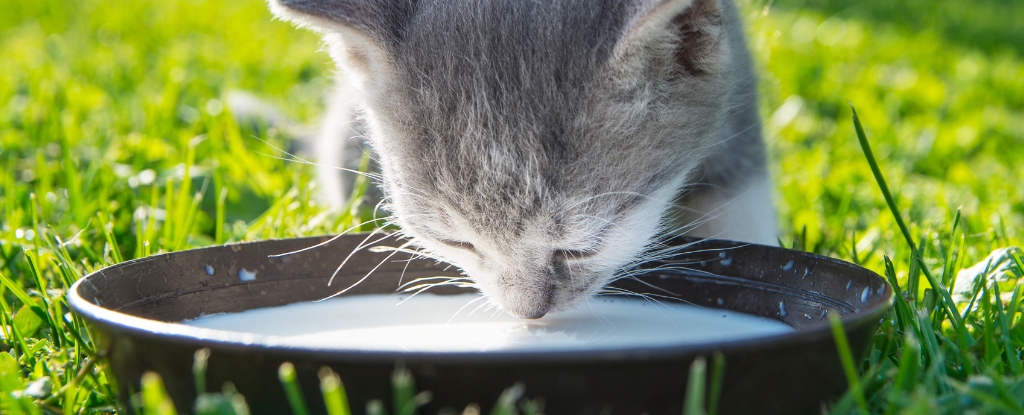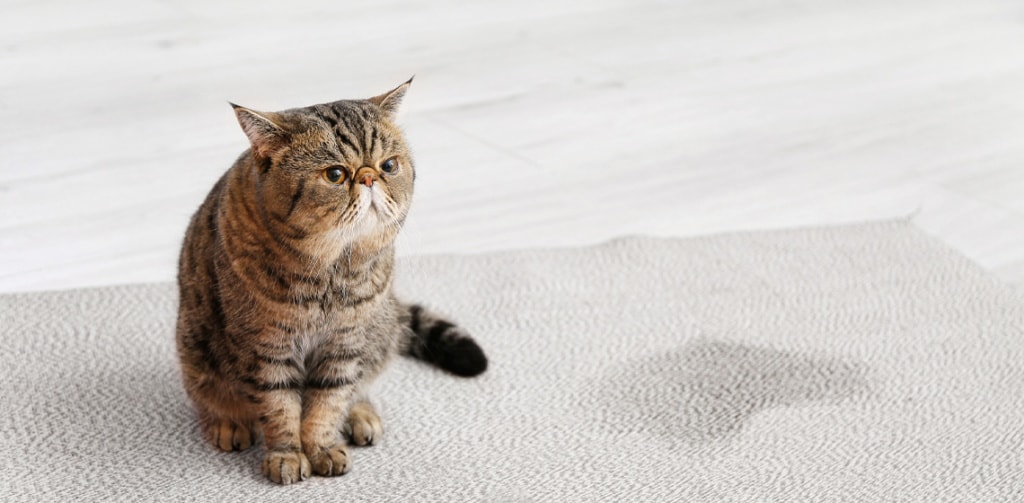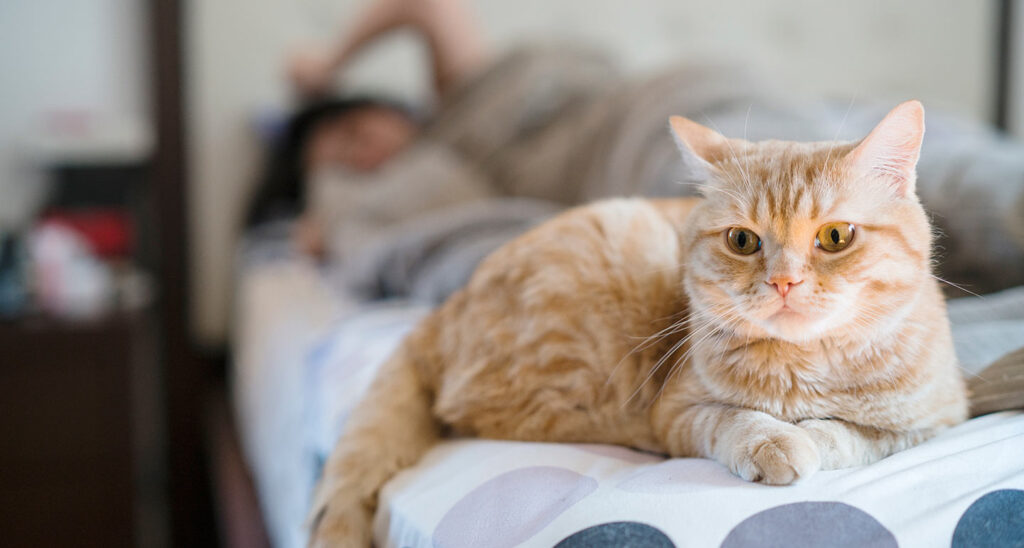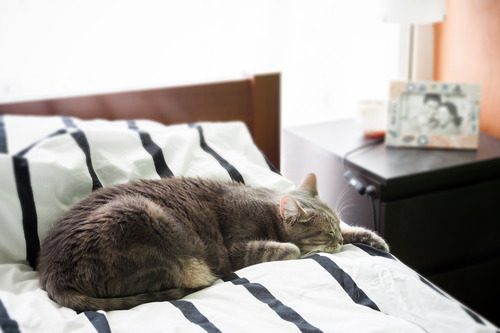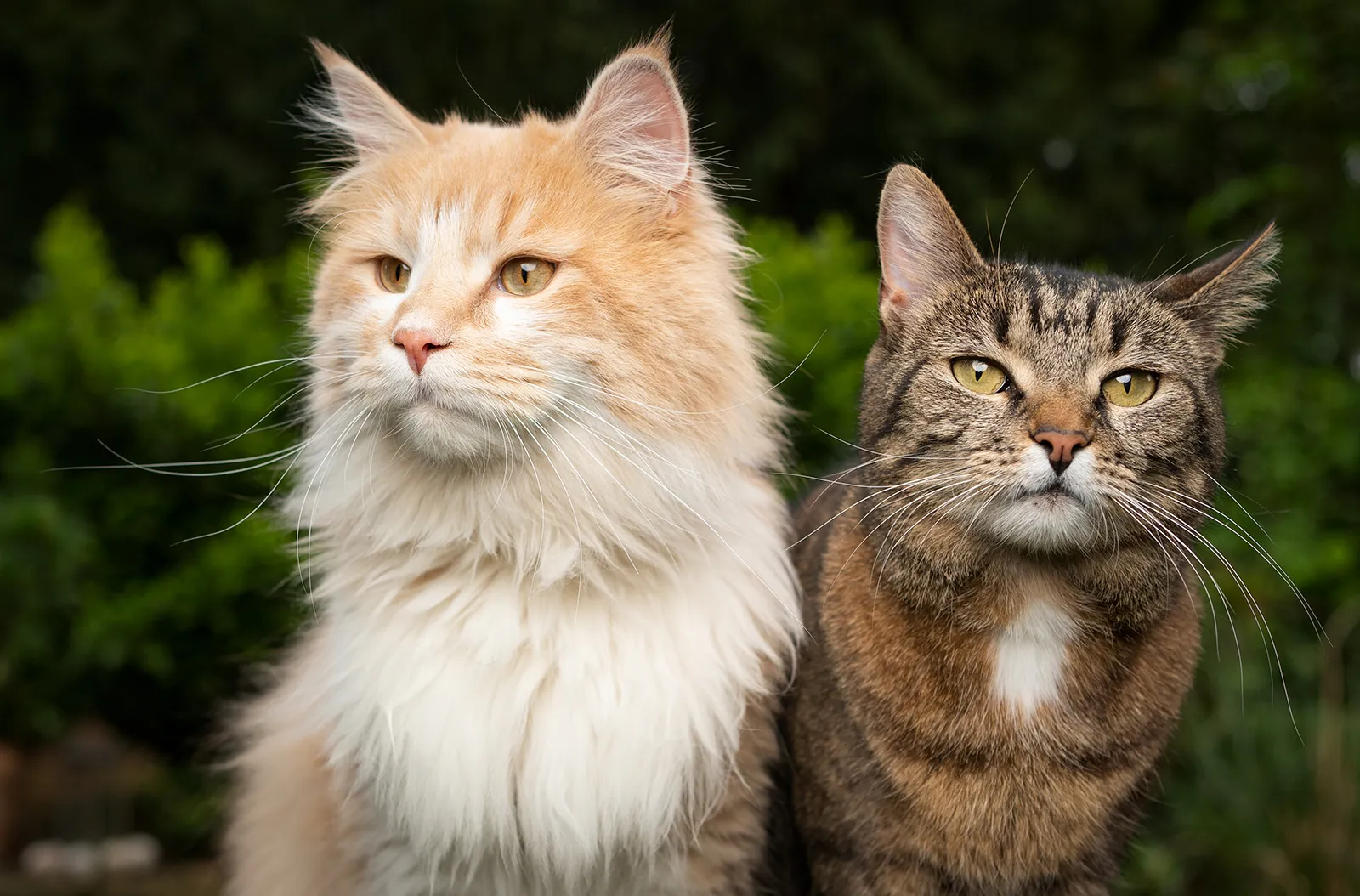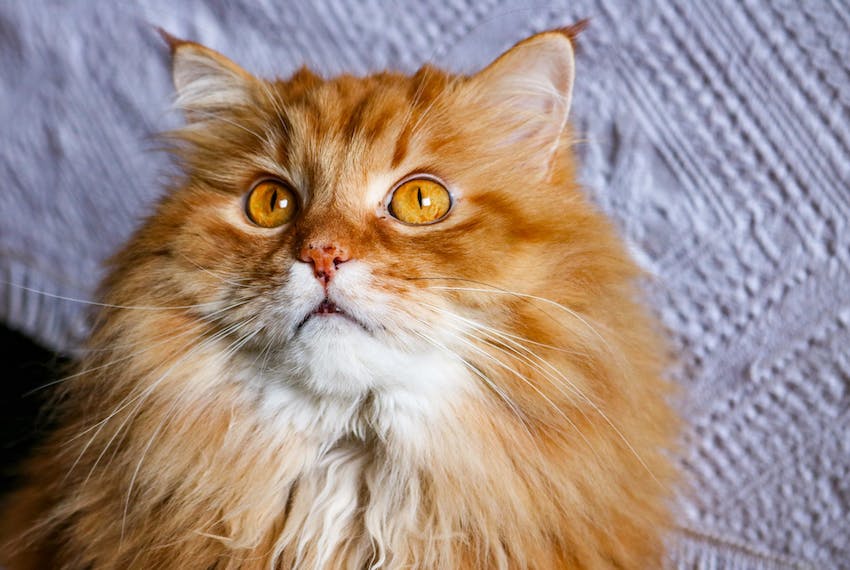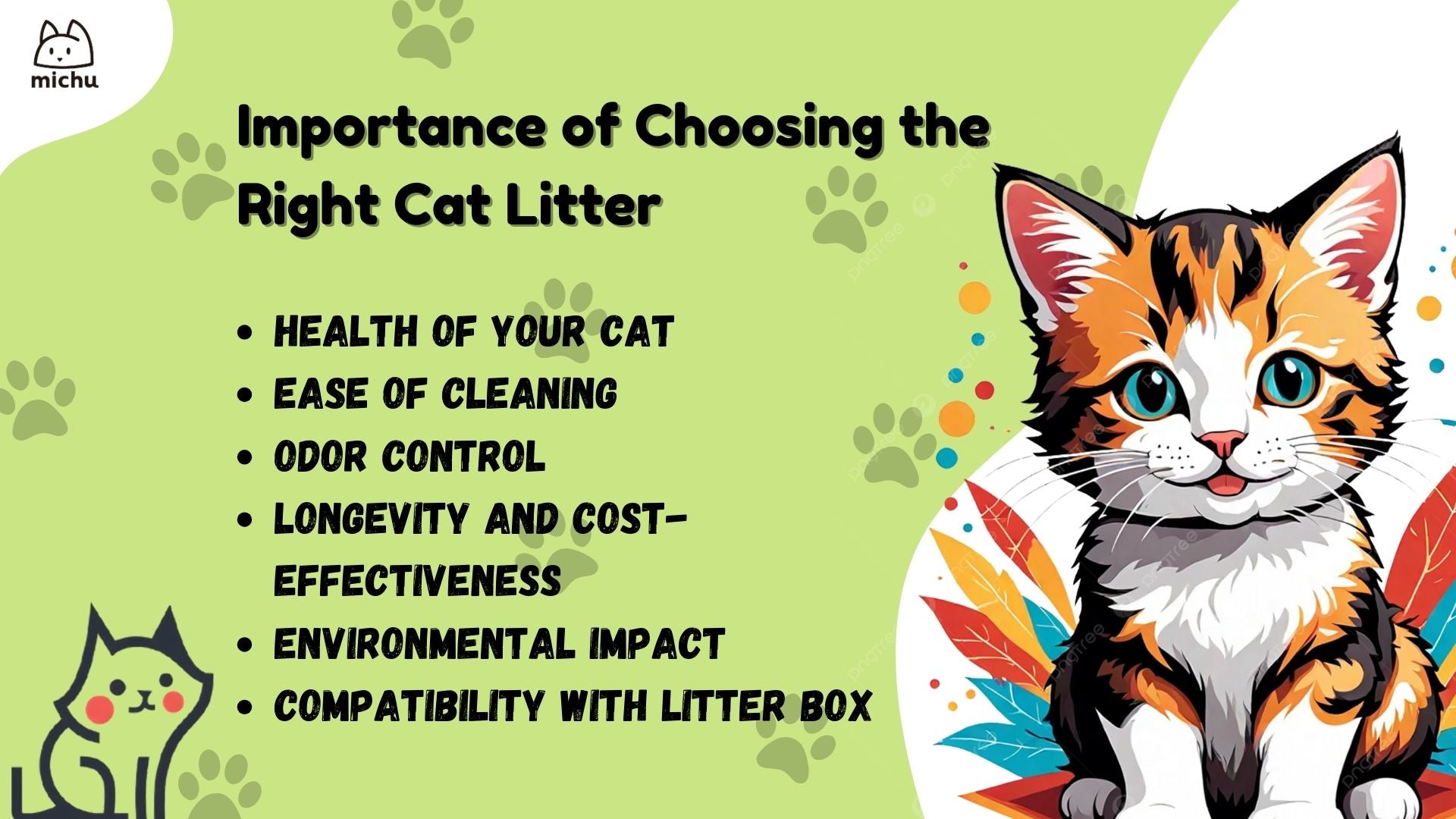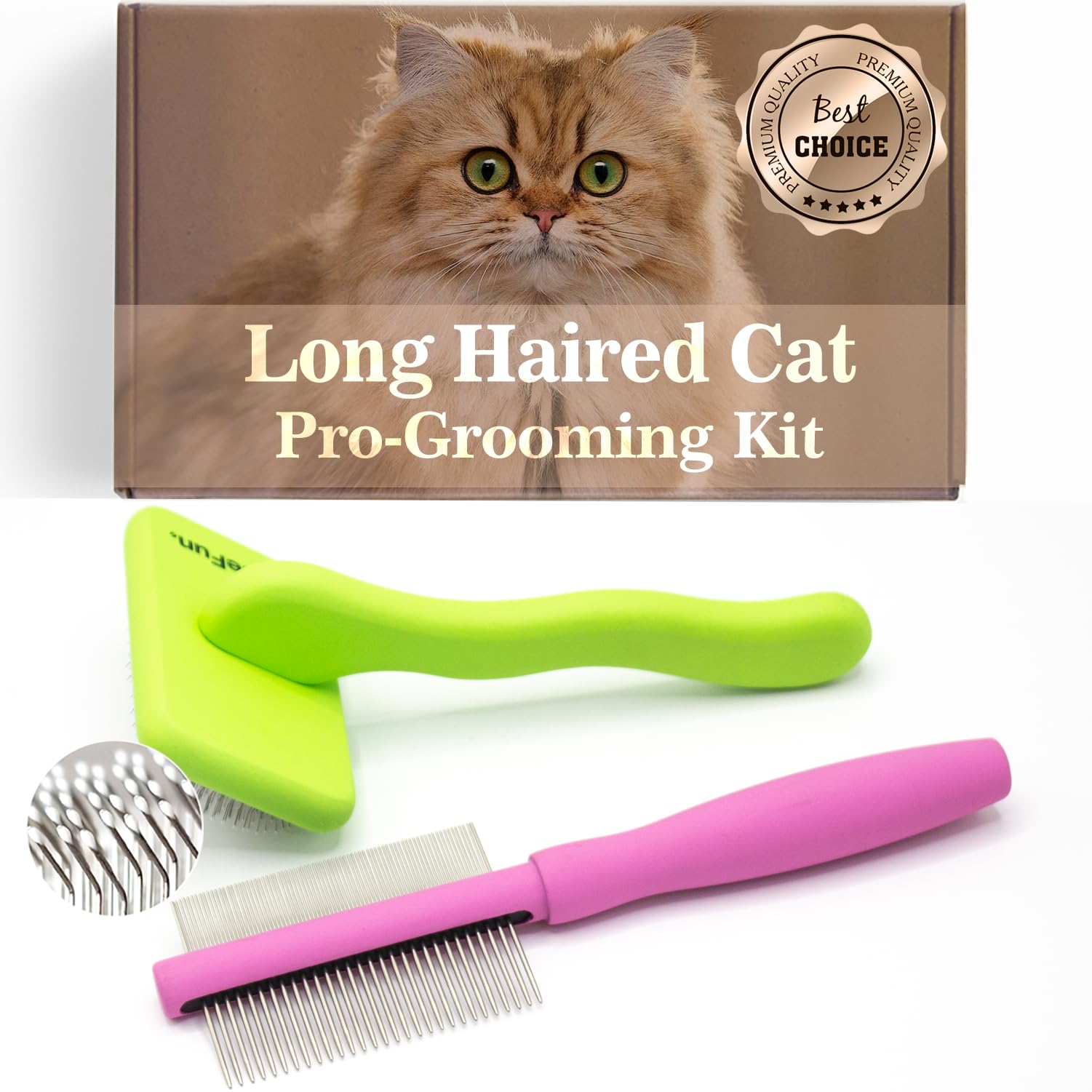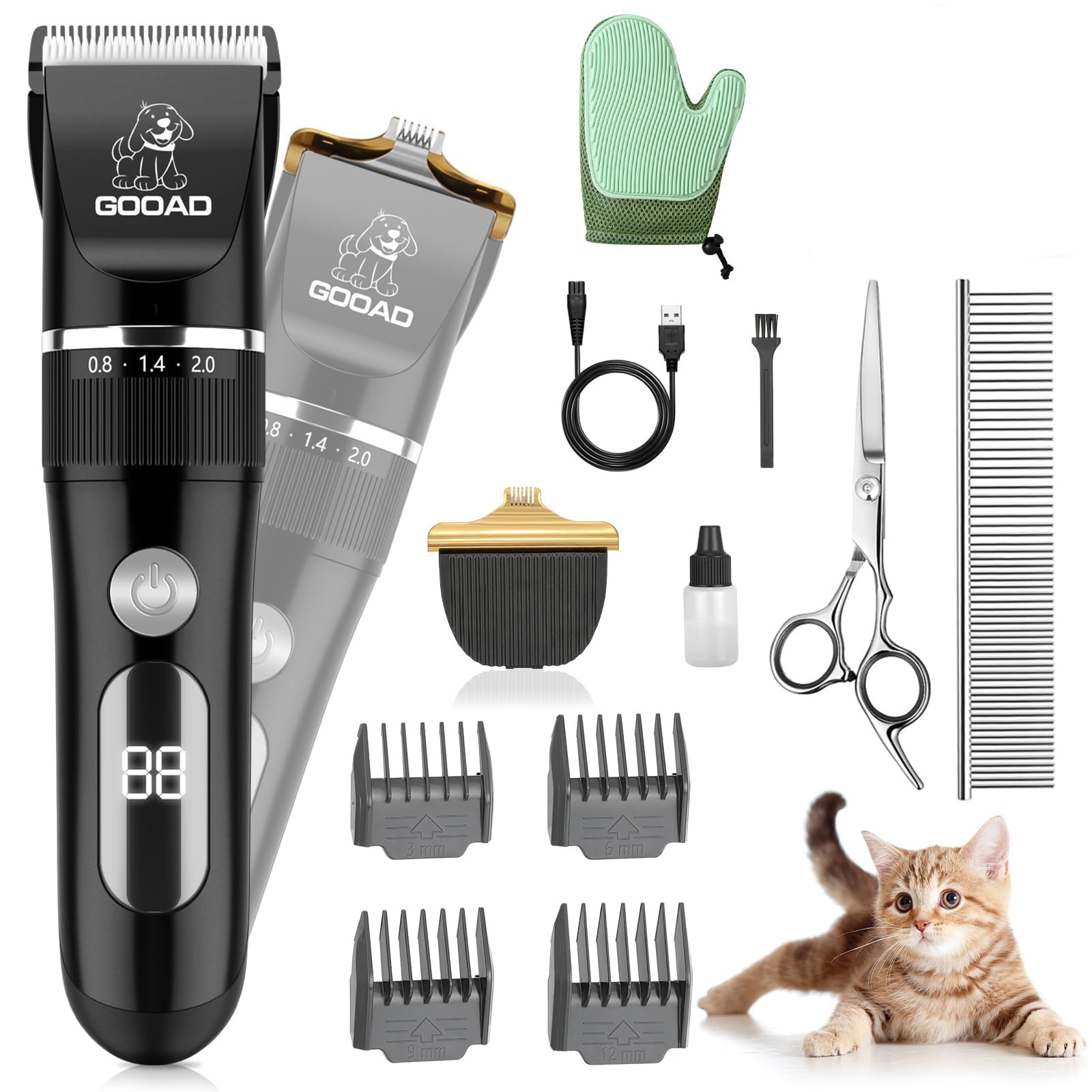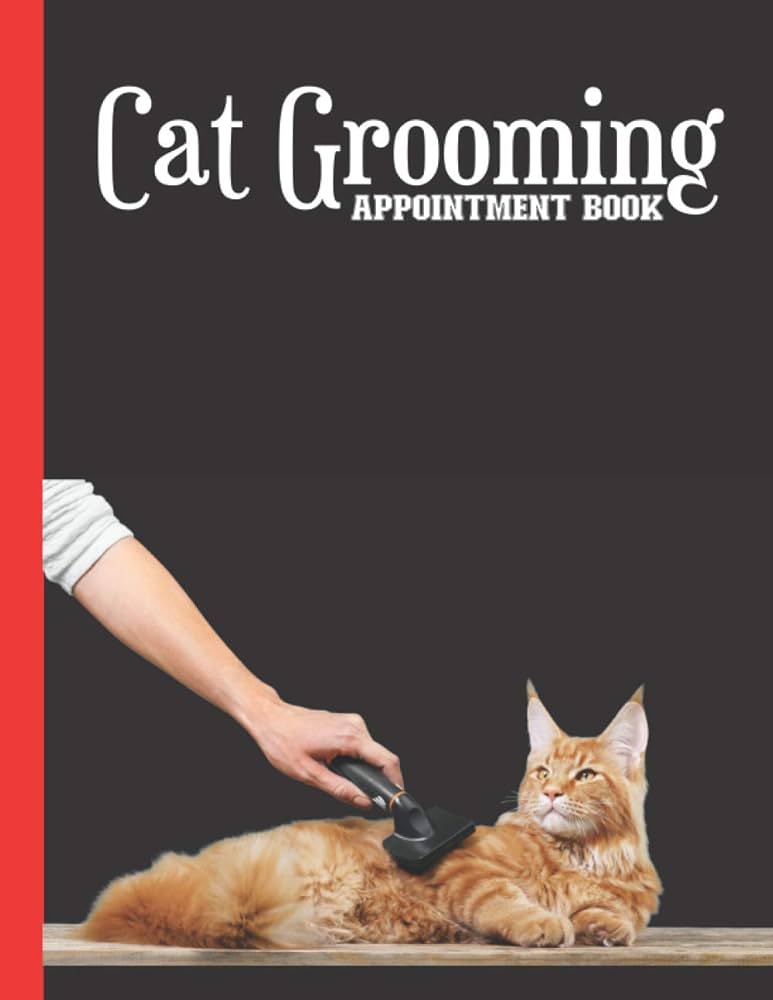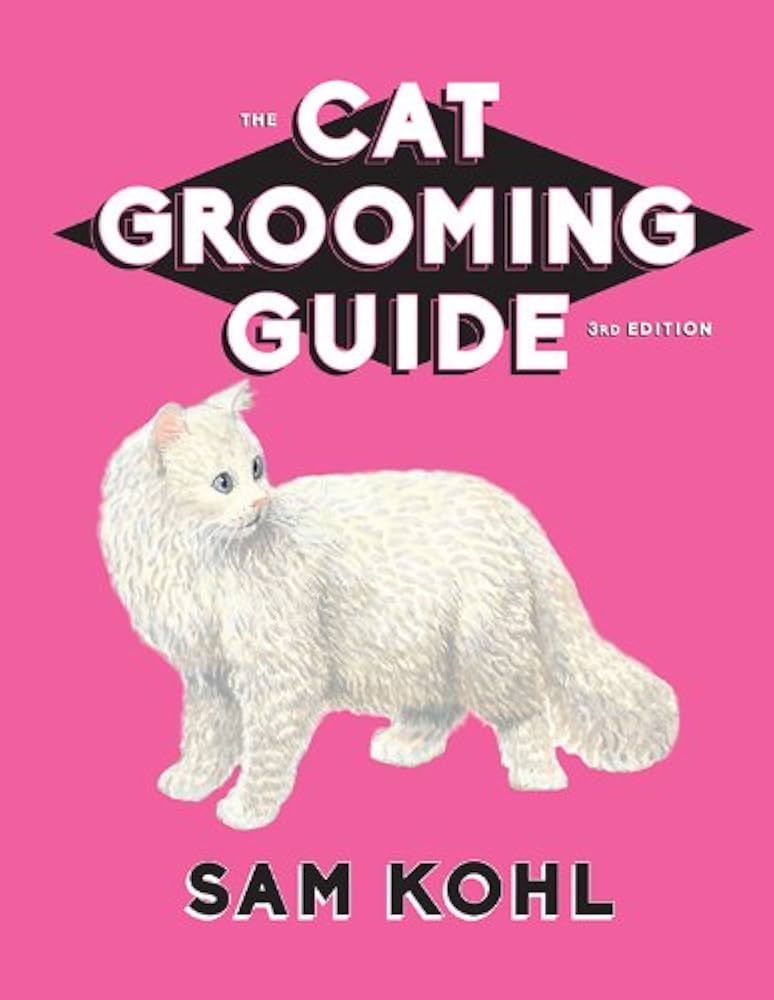Understanding Diabetes in Cats
Causes of Diabetes in Cats
Cat Diet Diabetes, much like in humans, arises primarily from issues with insulin regulation. One of the main causes is obesity, which is increasingly prevalent in our feline friends. When a cat carries excess weight, its body starts to resist insulin, leading to diabetes. Other specific causes include:
- Genetics: Some breeds, like the Burmese or Abyssinian, are more prone to diabetes.
- Lifestyle: Sedentary indoor lifestyles can contribute to obesity and consequently diabetes.
- Diet: A diet high in carbohydrates can impact a cat’s ability to process sugar efficiently.
When I noticed my kitty gaining weight, I quickly learned how critical it was to address these factors to prevent diabetes.
Symptoms and Diagnosis of Cat Diet Diabetes
Recognizing the symptoms of diabetes in cats is essential for early diagnosis and effective management. Common signs to look out for include:
- Increased thirst and frequent urination
- Weight loss despite a good appetite
- Lethargy and decreased activity levels
If you observe these symptoms, a visit to the veterinarian is key. They will conduct tests such as blood glucose levels and urine analysis to confirm a diabetes diagnosis. I remember feeling a wave of relief when my vet explained how we could manage my cat’s condition, ensuring many happy years ahead. Through timely recognition and intervention, we can significantly improve our feline companions’ quality of life.

Importance of Balanced Nutrition for Diabetic Cats
Role of Nutrition in Managing Diabetes in Cats
When it comes to managing diabetes in cats, nutrition is nothing short of crucial. A balanced diet not only helps regulate blood sugar levels but also supports overall health. For my own cat, switching to a low-carbohydrate, high-protein diet made a noticeable difference. Here’s how nutrition plays a key role:
- Blood Sugar Control: By providing consistent, balanced meals, we can help stabilize glucose levels.
- Weight Management: Proper nutrition aids in maintaining a healthy weight, which is essential for reducing insulin resistance.
- Energy Levels: A well-formulated diet ensures sustained energy, promoting an active lifestyle.
Impact of Nutrition on Overall Health of Diabetic Cats
The right nutrition doesn’t just help with diabetes management; it significantly enhances overall health. For example, a good diet can lead to:
- Shinier coats and healthier skin
- Improved organ function
- Enhanced immune system
I recall how my cat’s energy levels soared after adjusting his diet. It’s amazing to see how proper nutrition positively impacts not only blood sugar control but also general wellbeing. Adopting a balanced diet leads to happier, more vibrant cats who can thrive alongside their diabetes.

Designing a Balanced Diet – Cat Diet Diabetes
Essential Nutrients for Diabetic Cats
Creating a balanced diet for diabetic cats revolves around providing essential nutrients that support their specific needs. It’s crucial to focus on a few key components that can make a world of difference:
- High-quality proteins: Helps in muscle maintenance and stabilizes blood sugar levels.
- Healthy fats: Supports energy needs without spiking glucose.
- Fiber: Can assist in regulating blood sugar levels and improving digestion.
When I transitioned my cat to a high-protein diet, I was amazed at how much more energetic and lively he became!
Dietary Considerations and Restrictions for Diabetic Cats
While designing a diet, keep a few dietary restrictions in mind to safeguard your cat’s health:
- Limit carbohydrates: High-carb foods can lead to spikes in blood sugar.
- Avoid sugary treats: Stay away from foods high in sugars, as they can worsen diabetes.
I used to give my cat the occasional treat, but now, I ensure everything fits into his dietary plan.
Recommended Food Options for Diabetic Cats
When it comes to food selection, consider these options:
- Wet food with high protein: Such as chicken or turkey pâté.
- Special diabetic cat food: Formulated to control blood sugar levels.
- Low-carb kibble: If your cat prefers dry food, choose those designed for diabetic needs.
By opting for these foods, I’ve noticed not just better glucose management but also an overall happier cat. Providing a thoughtful, balanced diet is key to their quality of life.
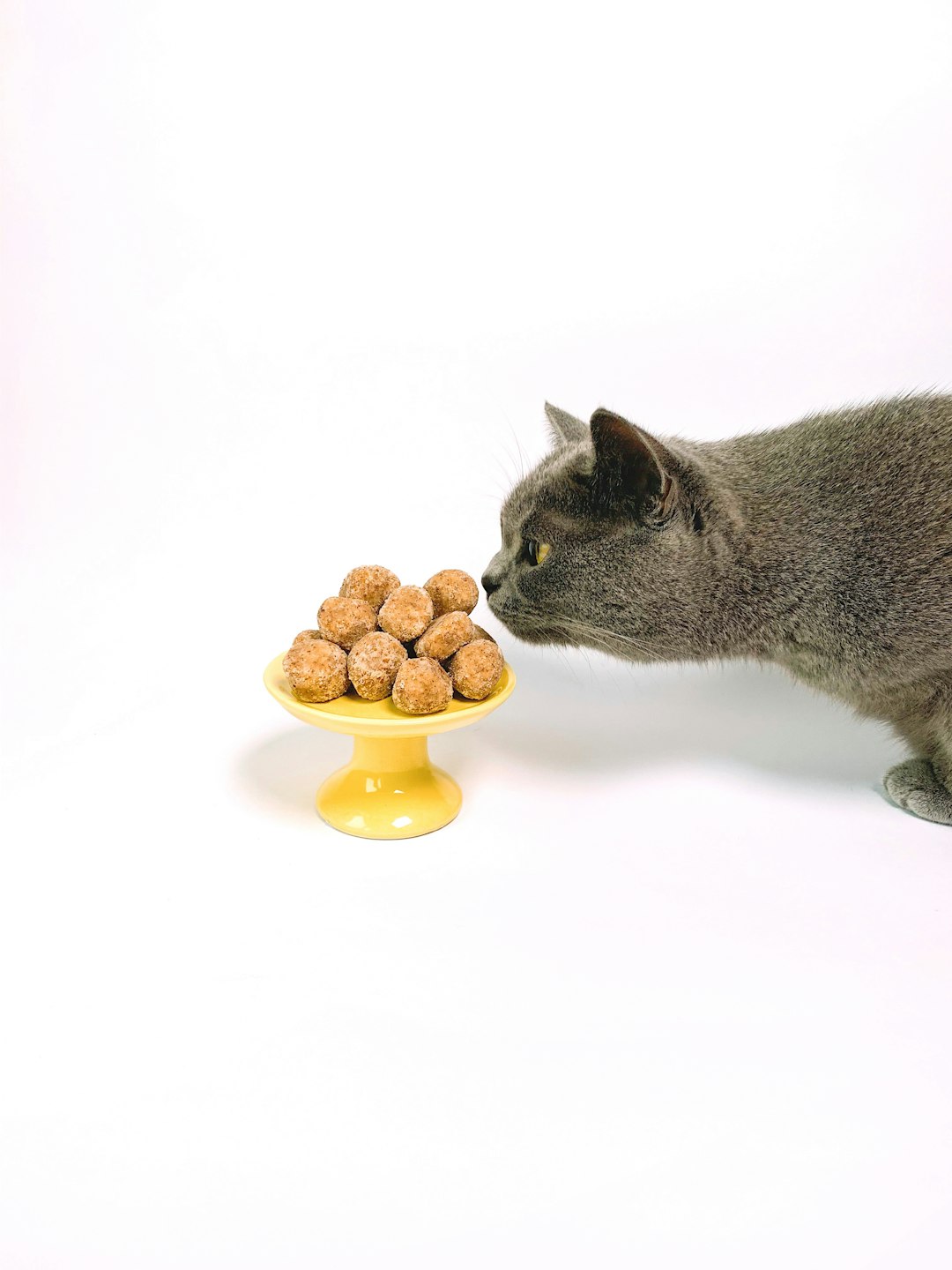
Feeding Schedule and Portion Control for Diabetic Cats
Importance of Consistent Feeding Schedule
Establishing a consistent feeding schedule is vital for managing diabetes in cats. Just as we humans benefit from regular meal times, our feline friends thrive on routine. When I began feeding my cat at the same times each day, I noticed how it positively impacted his energy levels and mood. A consistent schedule helps with:
- Stabilizing blood sugar levels: Regular feeding prevents drastic fluctuations.
- Creating a sense of security: Cats are creatures of habit, and a set routine can reduce anxiety.
- Monitoring food intake: It becomes easier to track consumption, ensuring your cat’s needs are met.
Guidelines for Portion Control
Portion control is another critical aspect of managing your diabetic cat’s diet. Here are some guidelines I found helpful:
- Follow veterinarian recommendations: Your vet can suggest the right portions based on your cat’s weight and health status.
- Divide meals: Instead of one or two large meals, aim for three to four smaller meals throughout the day to keep glucose levels stable.
- Use measuring tools: Consider using measuring cups or a kitchen scale to ensure accurate portions.
Implementing these strategies made it easier for me to manage my cat’s weight and overall health, leading to a happier and healthier life. By mindful feeding practices, you’re setting your cat up for success in managing diabetes.
Monitoring and Adjusting the Cat Diet Diabetes
Regular Monitoring of Blood Glucose Levels
Monitoring blood glucose levels is a fundamental part of managing diabetes in cats. Regular checks help you track how your cat’s body responds to their diet and insulin treatments. Initially, I found this a bit intimidating, but it has become a vital routine. Here’s why monitoring is essential:
- Identifying fluctuations: Regular checks reveal whether blood sugar levels are stable, too high, or too low.
- Tailoring diet and medication: This information helps you adjust both the diet and insulin dosage as needed.
- Preventing complications: Consistent monitoring can help catch issues before they escalate, keeping your cat healthier in the long run.
Making Changes to the Diet Based on Response
Once blood glucose levels are monitored, it’s crucial to adjust your cat’s diet according to their response. Here are some tips I learned while navigating this process:
- Observe behavior and energy levels: If your cat is lethargic or overly hyper, it may indicate the need for dietary adjustments.
- Consult your veterinarian: They can provide insights on modifying the diet based on glucose readings and overall health.
- Trial and error: Be patient with the process. Sometimes it takes a few tweaks to find the right balance for your cat.
By keeping a close eye on their health and being ready to make changes, I’ve seen significant improvements in my cat’s wellbeing. This ongoing process ensures that my feline friend stays happy and vibrant!
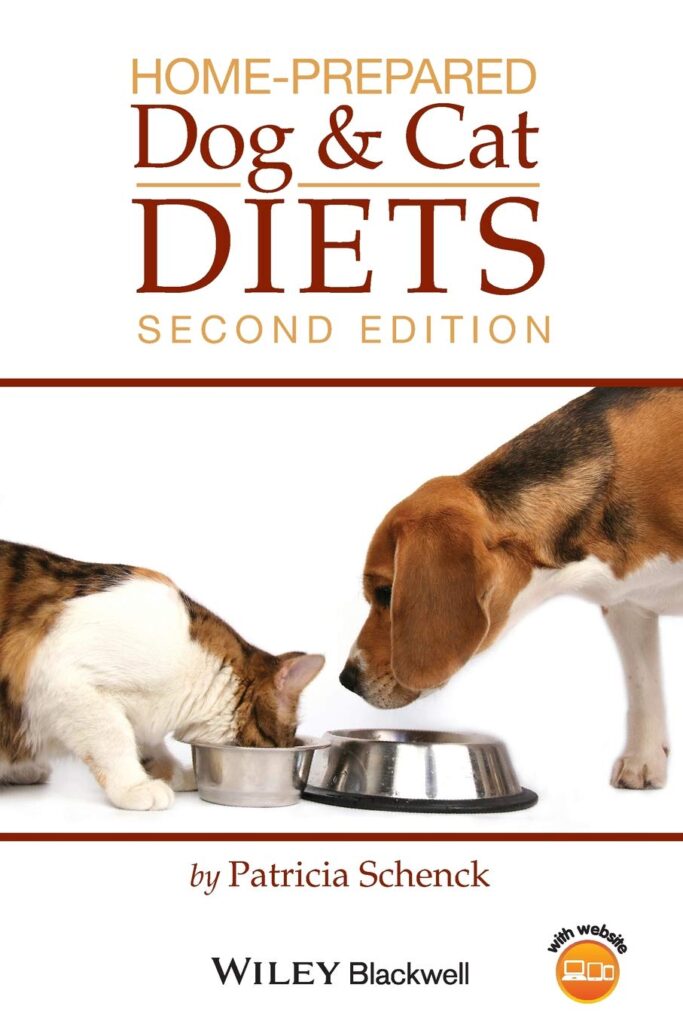
Special Considerations and Challenges in Feeding Diabetic Cats
Dealing with Weight Management Issues
Weight management can be one of the biggest challenges in feeding diabetic cats. Obesity plays a significant role in diabetes management, and finding the right balance can feel daunting. I remember when my cat struggled with his weight, and it was concerning. Here are some strategies that helped me:
- Set realistic goals: Aim for gradual weight loss, ideally about 1% to 2% of body weight per week.
- Implement portion control: Measuring food portions meticulously can help prevent overfeeding.
- Incorporate playtime: Regular exercise not only aids in weight loss but also boosts overall health and mood.
Feeling like a cat parent detective—watching my kitty’s weight closely—really led to positive changes.
Addressing Picky Eating Habits in Diabetic Cats
Picky eating habits can complicate managing a diabetic cat’s diet. My cat has his moments where he seems uninterested in food, which can be concerning, especially when trying to maintain a steady intake. To tackle this issue, consider the following tips:
- Experiment with different textures: Cats may prefer wet food over dry or vice versa. Don’t hesitate to switch things up!
- Warm up food: Slightly warming food can enhance the aroma, making it more appealing to your cat.
- Be patient: Occasionally try mixing in small amounts of wet food to entice them, but avoid forcing food as it can create a negative association.
Navigating these challenges requires a flexible and creative approach. By focusing on weight management and encouraging a healthy appetite, I’ve been able to ensure my cat enjoys his meals while also sticking to his dietary needs.
Consulting with a Veterinarian and Nutritionist for Dietary Plan
Importance of Professional Guidance
When managing diabetes in cats, the importance of professional guidance cannot be overstated. I learned this the hard way when I initially tried to navigate my cat’s dietary needs on my own. Consulting with a veterinarian provided invaluable insights. Here’s why their expertise is essential:
- Understanding individual needs: Every cat is unique, and professionals can tailor dietary recommendations based on specific health conditions and factors like age and weight.
- Regular health assessments: Vets can regularly monitor your cat’s health and glucose levels, adjusting their diet as needed.
- Preventing complications: Professional advice reduces the risk of failing to meet dietary needs, which can lead to serious health issues.
Collaborating with Experts for Tailored Nutritional Plan
Working with both a veterinarian and a pet nutritionist can create a customized nutritional plan that best suits your cat’s requirements. Here’s how collaboration played a significant role in my cat’s health journey:
- Holistic approach: Nutritionists often consider various factors, from ingredient quality to specific dietary restrictions, ensuring a comprehensive plan.
- Setting realistic goals: Together, we established achievable weight loss and dietary goals based on my cat’s progress.
- Continuous support: Regular follow-ups provide opportunities to tweak the plan as necessary.
By harnessing the knowledge of professionals, I felt empowered to make sound dietary choices for my cat, leading to better health and a happier life together.
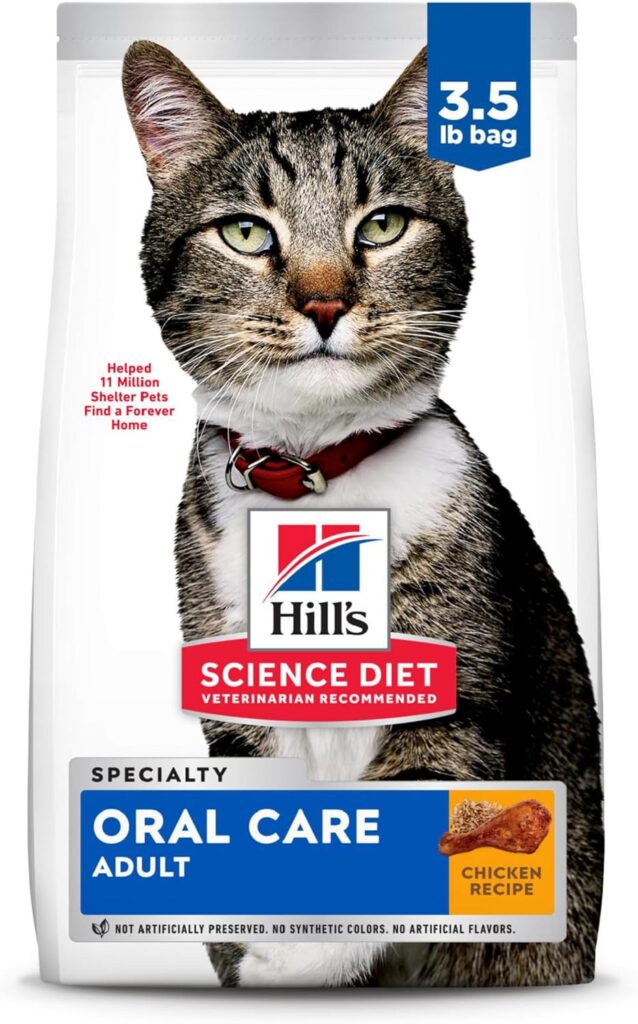
Conclusion and Recommendations
Summary of Key Dietary Guidelines for Diabetic Cats
As we wrap up our discussion on managing diabetes in cats, it’s crucial to remember the key dietary guidelines that can help your furry friend thrive:
- Balanced Nutrition: Focus on a high-protein, low-carbohydrate diet to effectively manage blood sugar levels.
- Consistent Feeding Schedule: Stick to a regular meal routine to stabilize glucose fluctuations.
- Portion Control: Follow recommended portion sizes to help maintain a healthy weight and support diabetes management.
- Regular Monitoring: Keep track of your cat’s blood glucose levels to ensure their diet is effective and to make necessary adjustments.
Reflecting on my own experience, following these guidelines has dramatically improved my cat’s wellbeing.
Additional Tips for Providing Balanced Nutrition to Diabetic Cats
Here are a few additional tips to enhance your cat’s nutritional health:
- Offer Variety: Introduce different flavors and textures to keep meals exciting and prevent picky eating.
- Stay Hydrated: Always provide fresh, clean water to ensure proper hydration.
- Involve the Experts: Don’t hesitate to consult with veterinarians and nutritionists to tailor a nutritional plan.

By implementing these strategies, you’ll not only manage your cat’s diabetes more effectively but also contribute to their overall happiness and quality of life. Together, let’s ensure our feline companions can lead fulfilling, healthy lives!

